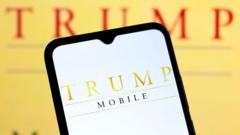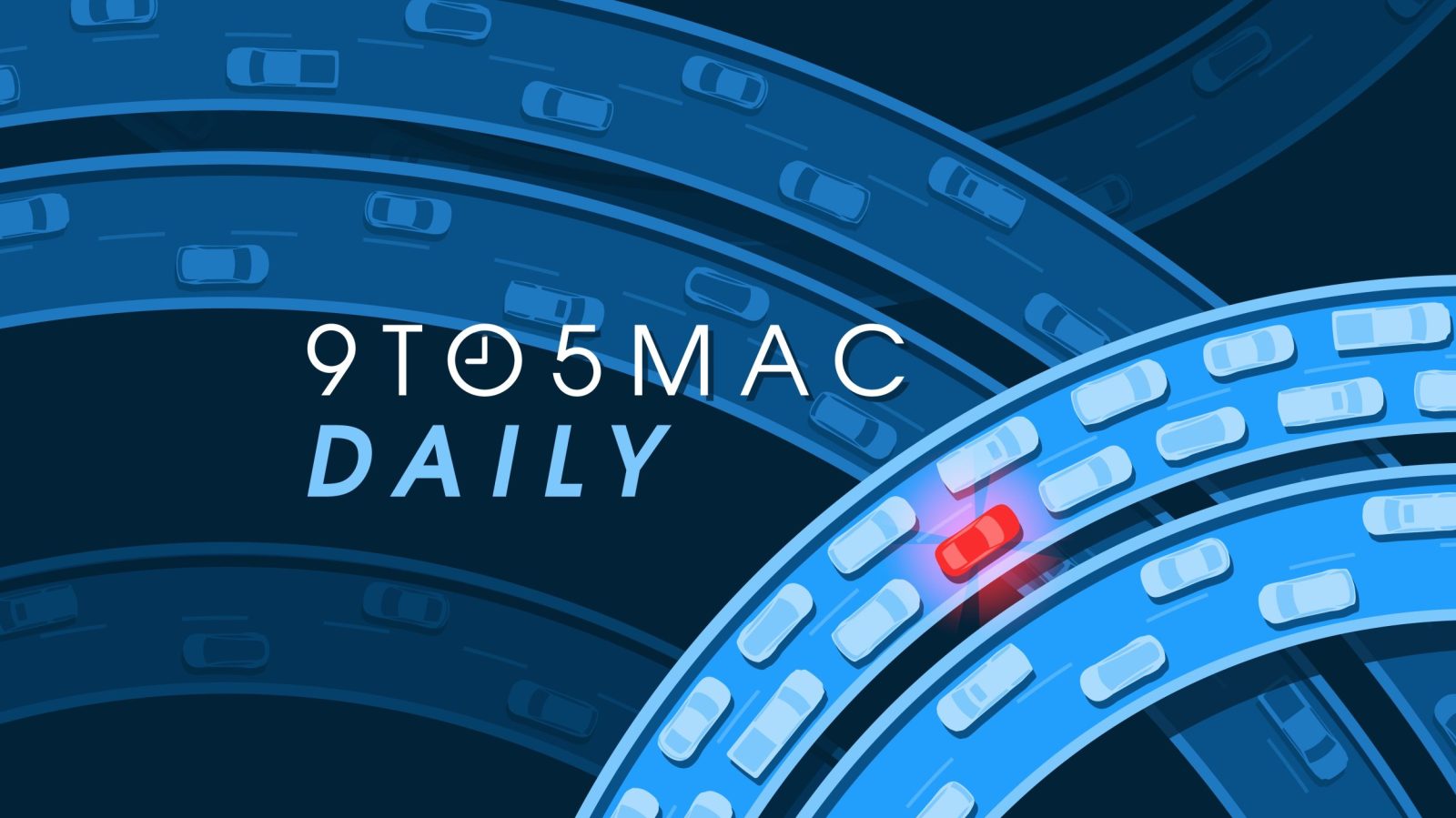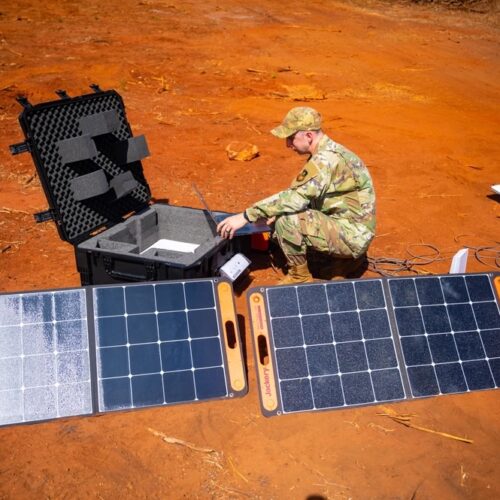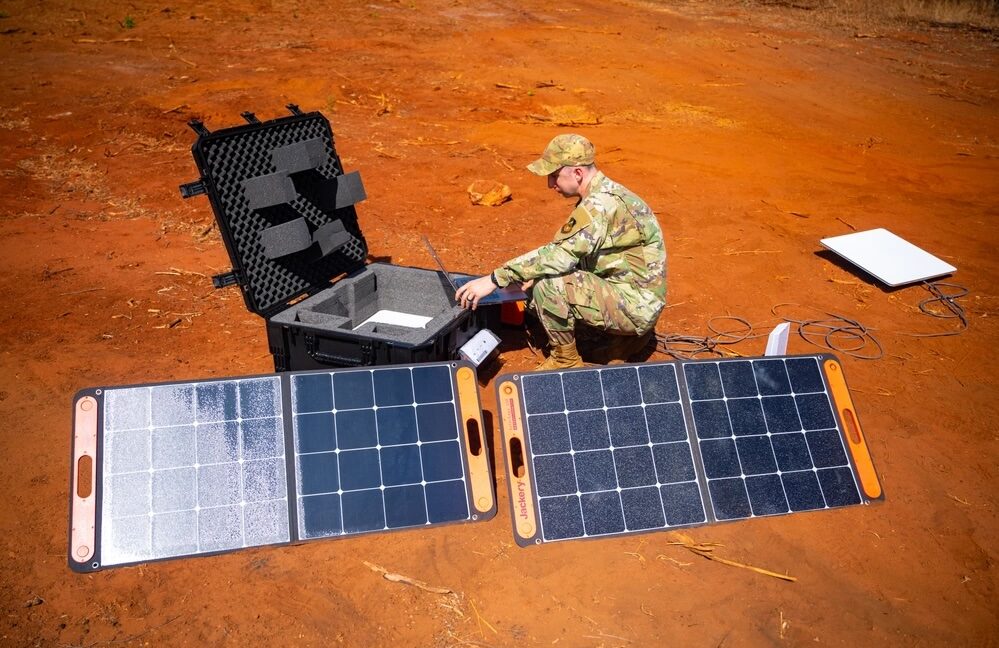Reading view
Tesla shares drop on Musk, Trump feud ahead of Q2 deliveries
Internet Alpha Males Want White America to Fear Zohran Mamdani

Masculinity influencers, far-right voices, and conservative billionaires are flooding the internet with attacks on Mamdani, not for what he’s done but for what he represents.
Here Are the 2nd Quarter of 2025 Cable News Ratings

SwitchBot Hub 3 gains ‘Works with Apple Home’ certification

The is officially certified as ‘Works with Apple Home‘. It’s the company’s first Hub/bridge device to earn Apple’s smart home badge, which allows for easier control of SwitchBot devices inside the Home app and HomeKit.
more…Singapore police can now seize bank accounts to stop scams

'Made in the USA' reference disappears from Trump phone listing

Ancient DNA Unlocks the Secret Recipe of Roman Fish Sauce

Roman salting plants processed fish so thoroughly that researchers struggle to identify the species once used in ancient condiments.
NHS hospitals can use any approved medical kit under plans to cut admin
Top 10 Startup and Tech Funding News – July 1, 2025
It’s Tuesday, July 1, 2025, and we’re back with your daily breakdown of startup and tech funding moves. Today’s deals span early-stage moonshots and late-stage growth bets—from robotics and longevity biotech to climate tech and crypto trading platforms. AI remains […]
The post Top 10 Startup and Tech Funding News – July 1, 2025 first appeared on Tech Startups.
‘Fast & Furious’ Couldn’t Keep Driving Like This

The high-speed franchise has a final chapter in the works, but it's been running out of road for some time.
RFK Jr.’s health department calls Nature “junk science,” cancels subscriptions
Scientists at several federal agencies are losing access to scientific literature published by Springer Nature, which produces the prestigious journal Nature among many other high-profile titles.
That's according to a report Monday by Nature's news team, which is also published by Springer Nature, but is editorially independent.
According to the news outlet, spokespeople for NASA and the US Department of Agriculture (USDA) confirmed that agency scientists would no longer have access to Springer Nature journals. A USDA spokesperson said that it "has cancelled all contracts and subscriptions to Springer Nature. The journal [sic] is exorbitantly expensive and is not a good use of taxpayer funds." A government spending database also shows the Department of Energy (DOE) has dropped contracts with the publisher.


© Getty | LOIC VENANCE/AFP
Jeff Bezos sells $737 million worth of Amazon shares
Congress just greenlit a NASA moon plan opposed by Musk and Isaacman
Figma is going public

Figma, the platform that specializes in collaborative interface design, has filed for an initial public offering (IPO). The company will trade under the ticker symbol “FIG” as it prepares to “double down” on its investments in AI.
Figma was nearly acquired by Adobe for $20 billion in 2022, but the two companies scrapped the deal in 2023 after facing pressure from regulators in the UK and the European Union. Last year, Figma CEO Dylan Field hinted at going public last year during an interview included in The Verge’s Command Line newsletter, saying, “There are two paths that venture-funded startups go down. You either get acquired or you go public. And we explored thoroughly the acquisition route.”
Figma confidentially filed for an IPO in April. Its new filing reveals Figma’s revenue spiked to $228.2 million from $156.2 million when compared to the same time last year. This year, Figma expanded its library of tools to include features for website building, AI coding, branded marketing, and digital illustration. It has also started letting AI models gain access to its design servers to make coding more efficient.
“We’re already investing heavily in AI and we plan to double down even more in this area,” Field says in the filing. “AI spend will potentially be a drag on our efficiency for several years, but AI is also core to how design workflows will evolve going forward.”
9to5Mac Daily: July 1, 2025 – Apple AI rumors, 10 years of Apple Music

Listen to a recap of the top stories of the day from 9to5Mac. 9to5Mac Daily is available on iTunes and Apple’s Podcasts app, Stitcher, TuneIn, Google Play, or through our dedicated RSS feed for Overcast and other podcast players.
Sponsored by Bitwarden: Check out Bitwarden Password Manager, featuring a new Apple Watch authenticator integration, secure autofill on Safari and iOS apps, and enterprise-grade security tools that help you manage credentials with confidence.
How the Quick Turnaround of ‘Jurassic World Rebirth’ Became a Good Thing

Director Gareth Edwards explains how making a 'Jurassic Park' blockbuster in just over a year helped the film.
Pentagon may put SpaceX at the center of a sensor-to-shooter targeting network
The Trump administration plans to cancel a fleet of orbiting data relay satellites managed by the Space Development Agency and replace it with a secretive network that, so far, relies primarily on SpaceX's Starlink Internet constellation, according to budget documents.
The move prompted questions from lawmakers during a Senate hearing on the Space Force's budget last week. While details of the Pentagon's plan remain secret, the White House proposal would commit $277 million in funding to kick off a new program called "pLEO SATCOM" or "MILNET."
The funding line for a proliferated low-Earth orbit satellite communications network hasn't appeared in a Pentagon budget before, but plans for MILNET already exist in a different form. Meanwhile, the budget proposal for fiscal year 2026 would eliminate funding for a new tranche of data relay satellites from the Space Development Agency. The pLEO SATCOM or MILNET program would replace them, providing crucial support for the Trump administration's proposed Golden Dome missile defense shield.


© US Air Force photo by Senior Airman Mitchell Corley
